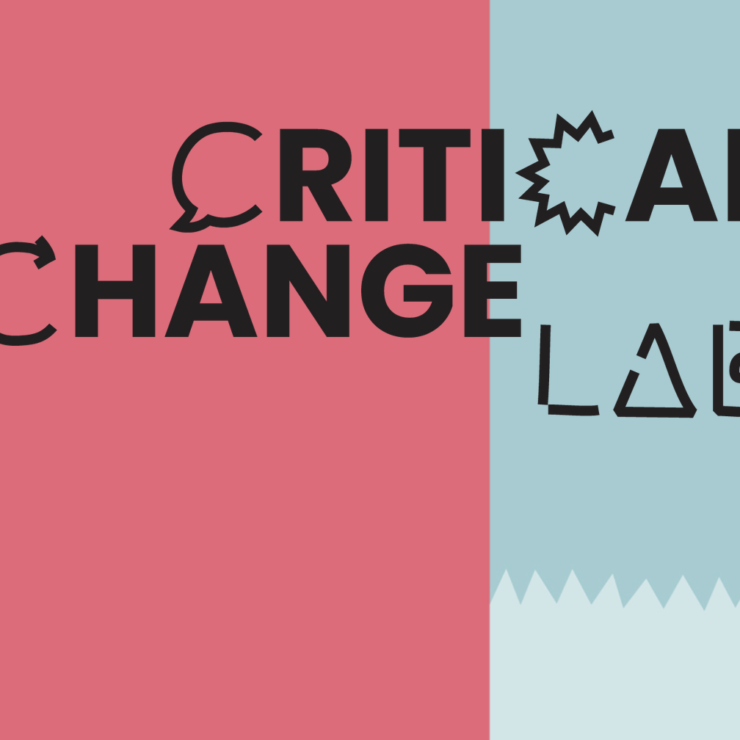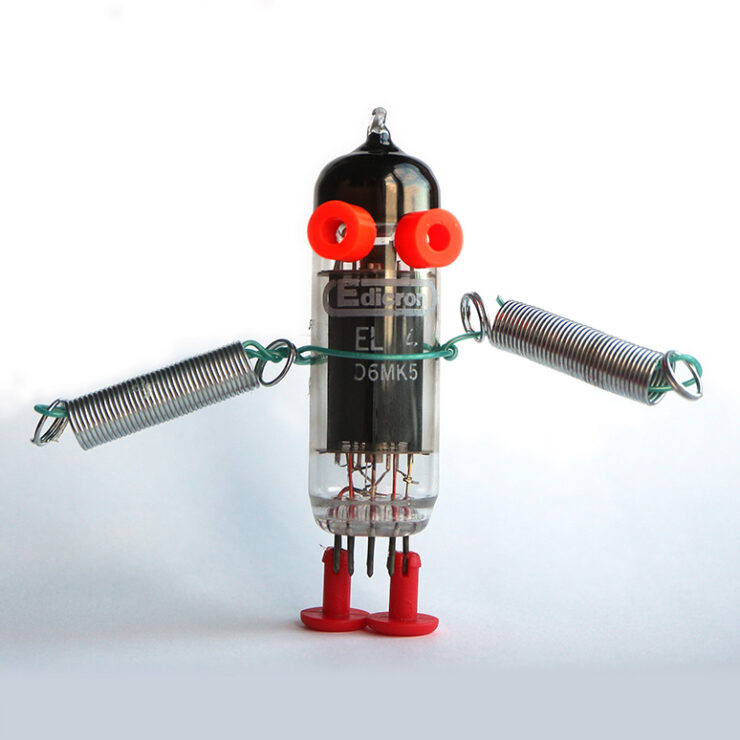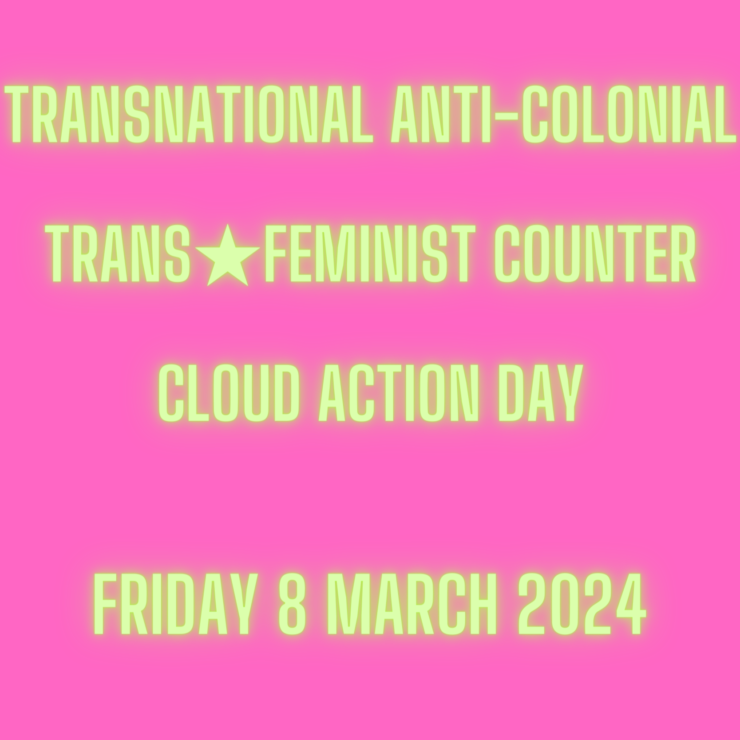Blogger Ana Hine caught up with Morehshin Allahyari
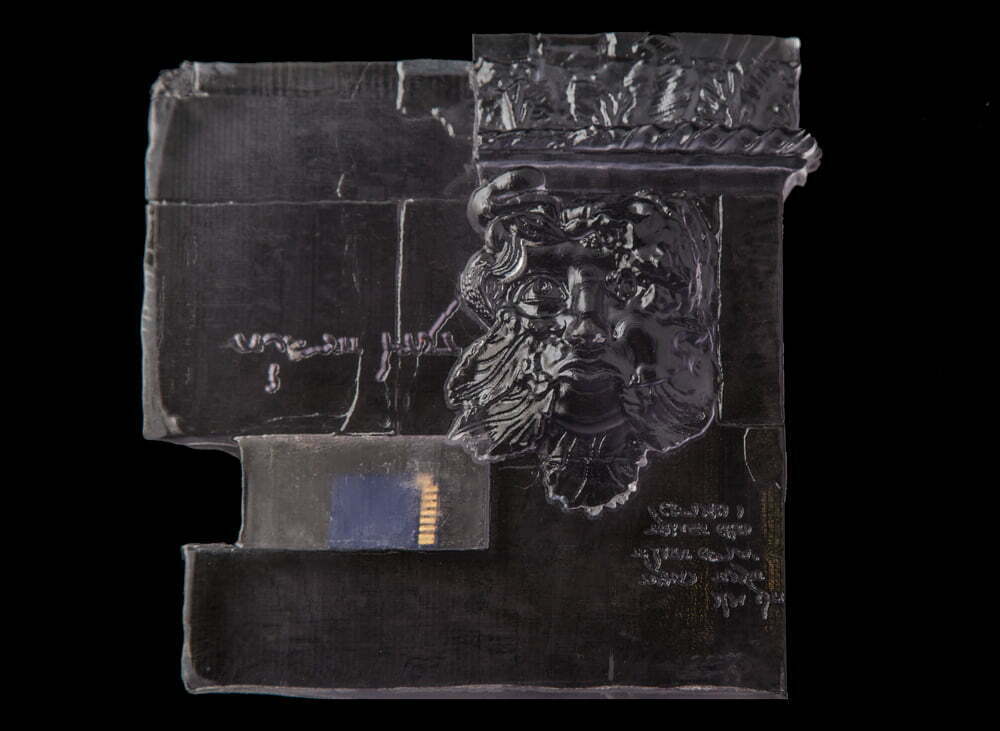
Morehshin Allahyari has been using 3D printing technology to reconstruct artefacts destroyed by ISIS. The Iranian-American artist will be taking part in NEoN Digital Arts Festival at the end of this year. NEoN blogger Ana Hine caught up with her to discuss her work and its political and creative consequences.
How did your interest in reconstruction and digital archaeology begin?
For the last four years I have been thinking about archiving as art practice. For example with both my Dark Matter and Material Speculations: ISIS series and specifically when working on Material Speculation: ISIS and the Additivism project I started to think about 3D printing as an archiving and metaphorical tool, and I released the research and historical images surrounding the reconstructed artifacts as PDF files.
I am interested in using 3D printing technology as a tool for alternative artifact archiving, as well as a means of political resistance and documentation. So much of my work is about reconstruction and re-figuring but only recently I have become more interested in the reconstruction of historical artifacts and digital archaeology; in this case the reconstruction of the artifacts that were destroyed by ISIS in 2015 at the Mosul Museum. After collecting and researching vast numbers of images and documents of the destroyed objects and doing research into images and documentation of the statues that were destroyed, I worked on reconstructing (3D modelling) and 3D printing the artifacts.
Why does ISIS destroy heritage sites?
I think it would be simplistic to read ISIS actions as merely religious acts and believe that ISIS is actually concerned with the values of Islam. Before anything else, the acts of destruction – as well as the video that ISIS released to show the destruction to the world – are a political gesture. But destruction of cultural heritage has been used as a tactic for centuries in battles and wars. So the act of destruction is nothing new, but perhaps it has never been documented and shared before with such a clarity of intent using social media as the site of propaganda. ISIS takes pride in destruction, while for example, for the U.S. military which destroyed many historical and cultural sites in Iraq and Afghanistan in the last decade, the act of destruction is almost an incidental consequence of the larger, and spoken, intention to bring democracy, or “freedom”, to these regions.
The point is that both of these acts are similarly toxic and harmful but one is more direct or apparent and one is hidden under layers of more invisible political agenda and soft(er) propaganda.
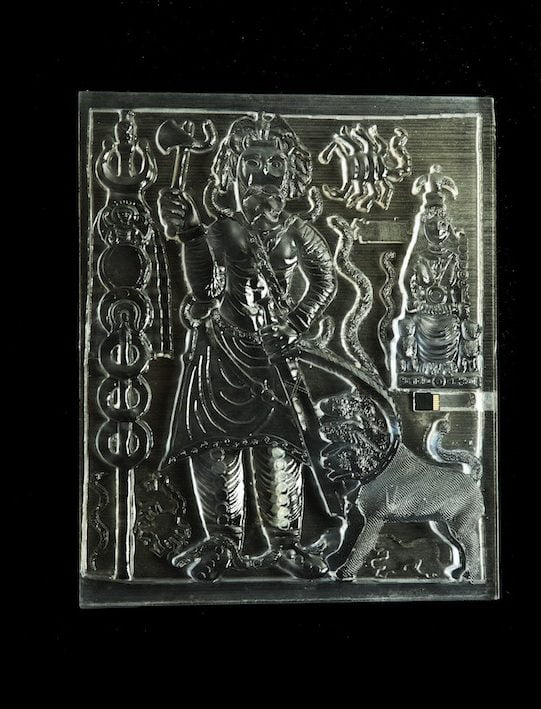
Material Speculation: ISIS (Gorgon)
Can you tell us a little about the artifacts you have reconstructed? Which one are you most proud of?
I like them all equally for different reasons. It’s hard to have a favourite.
The process of choosing which artifacts to work on for reconstruction was very complicated. The twelve artifacts that I chose to work on were all selected because they were original. When the video of ISIS destroying the artifacts came out there were a lot of speculation and also articles about the fact that many were duplicates and the original one was safe somewhere in Baghdad. So I wanted to choose the ones that were original and were destroyed based on what the video shows but I also chose them based on their importance in a historical context and how I connected with them personally (aesthetically or through their story). My project has never been only about replacing these destroyed pieces. It’s more about making information about each piece accessible to anyone, and proving that this history cannot be so easily destroyed.
There’s something really interesting about being able to have these files in a physical way. It’s also a way to resist this access being destroyed and history being forgotten. So that’s why the memory cards and flash drives that I’ve embedded inside the artifacts are a big part of this. In addition, the releasing of this information as a zip folder on Rhizome (free and open to public at: rhizome.org/editorial/2016/feb/16/morehshin-allahyari) on February 2016 was my way of decolonizing that space both from ISIS and the Western tech companies and archaeologists trying to claim this history.
As far as I understand, 3D printing is an evolving process. How would you like to see it develop over the next few years? For instance are you currently restricted by size or material?
The best way to answer this question is through my collaborative project #Additivism with writer and artist Daniel Rourke; which was something I started to work on in 2015. It’s a research project that combines art, engineering, science fiction and digital media aesthetics into a call to arms to go beyond the current limits of 3D printing. I think the possibilities of 3D printing as technology are still being explored (and yes there is a lot of limitation in terms of material but especially size). The 3D Additivist Manifesto (the first project we worked on) is a call in to artists, activists, writers, and designers to reflect on the current state of additive manufacturing. The end goal was to make a book from submissions we received through our call, to bring together ideas, thoughts, and designs for the future of 3D printing. We wanted to take this opportunity to both criticize the fetishization of 3D printers and this urge to 3D print stuff, while also suggesting that there is a big potential locked inside these technologies. In December 2016, we launched The 3D Additivist Cookbook (free to download) which included the works of hundred artists, makers and activists contributing to a book of 3D printing recipes and imaginative and provocative methods.
Do you see your work as a form of political resistance?
I see all my work as a form of political resistance. Waking up in the America of Trump as an immigrant Iranian is political resistance.
Works from ‘Material Speculation: ISIS’ will form part of a large group exhibition at this years NEoN Festival.
